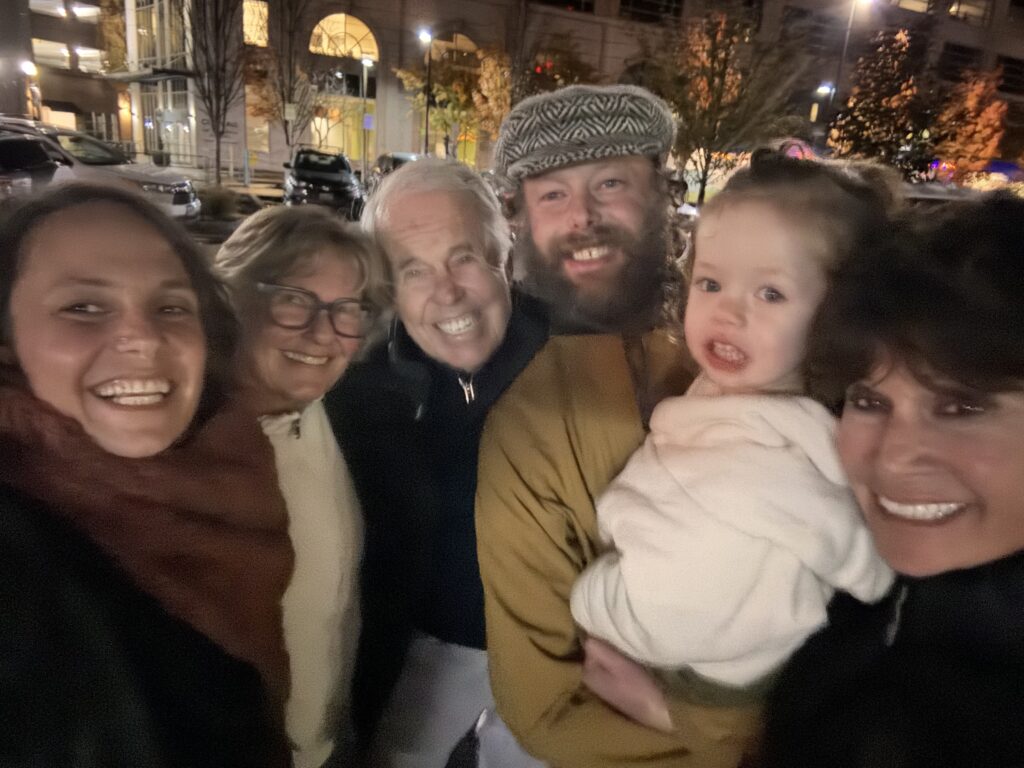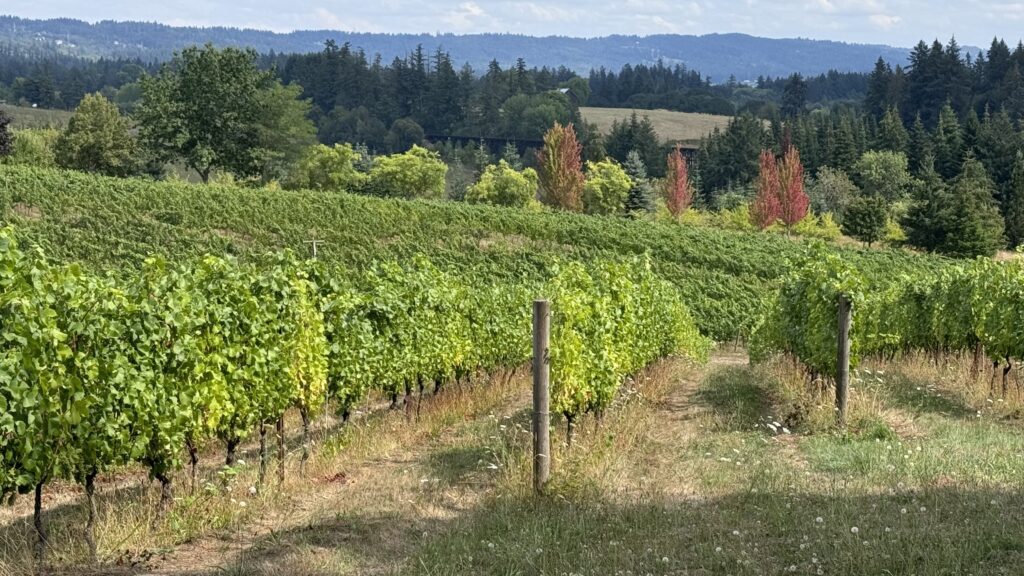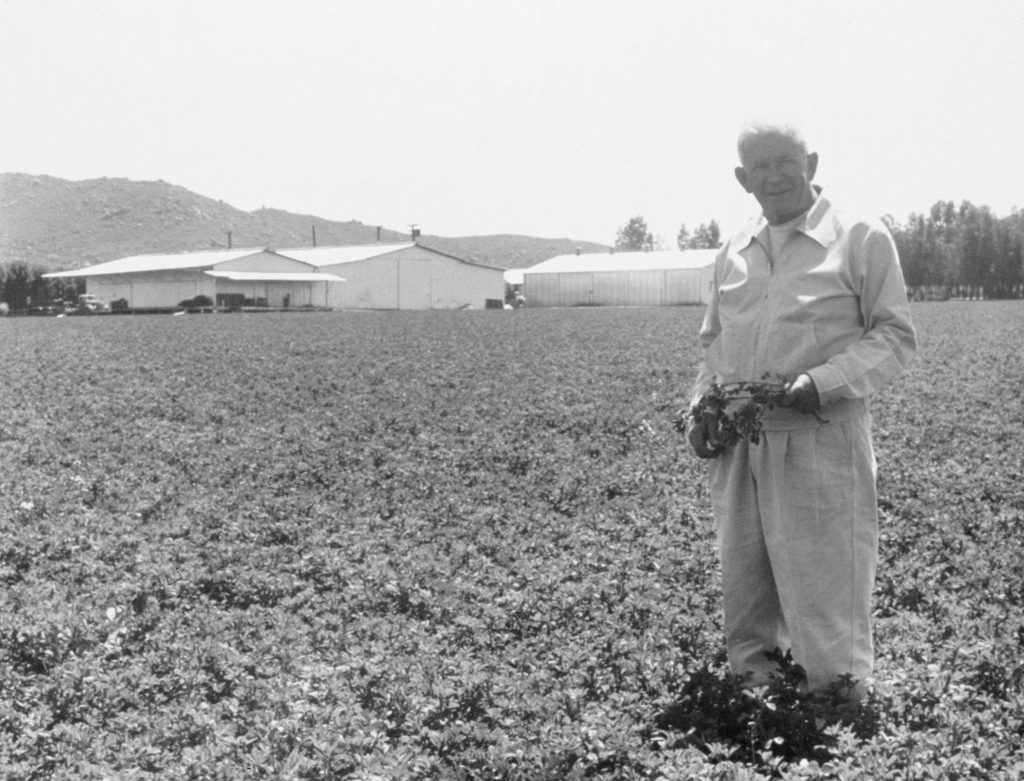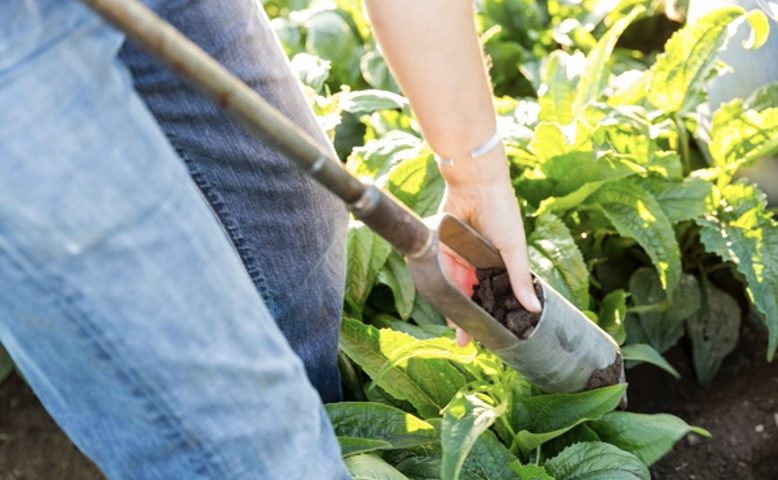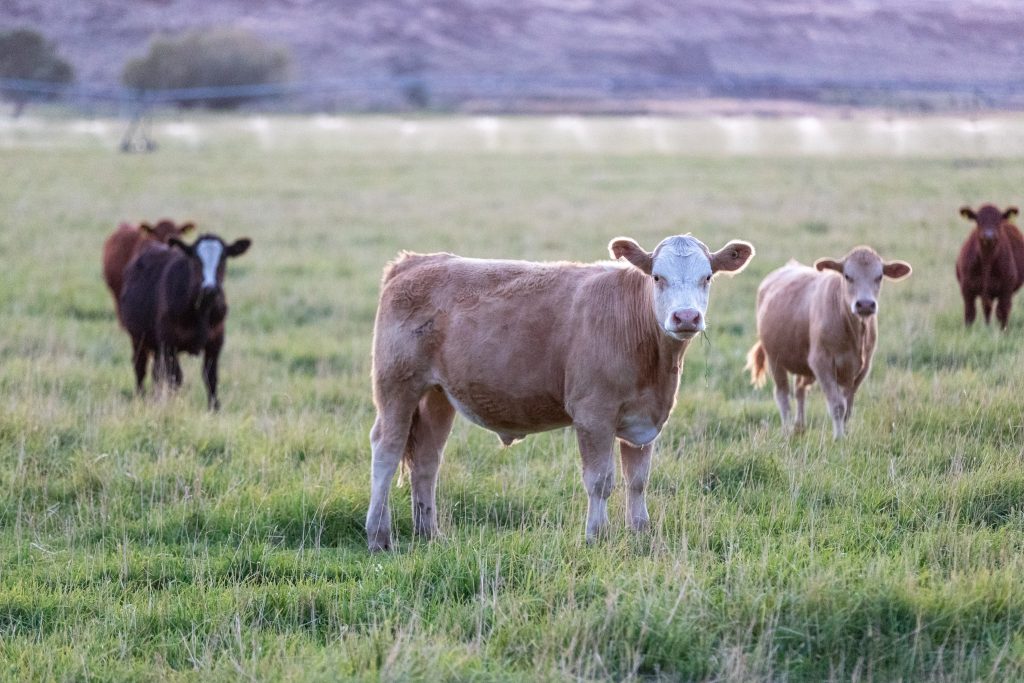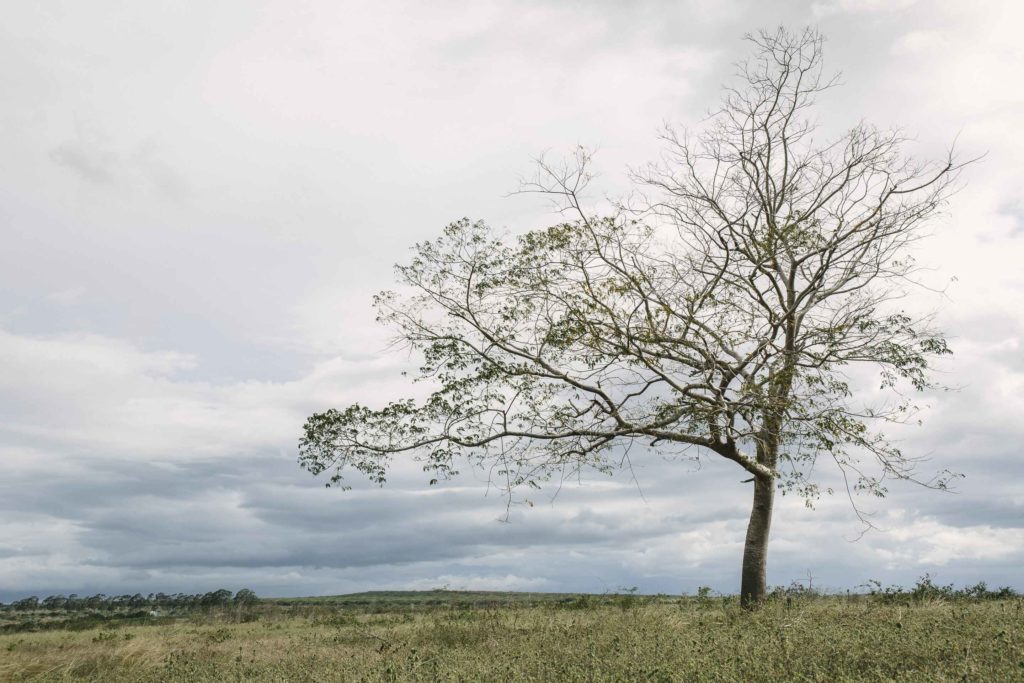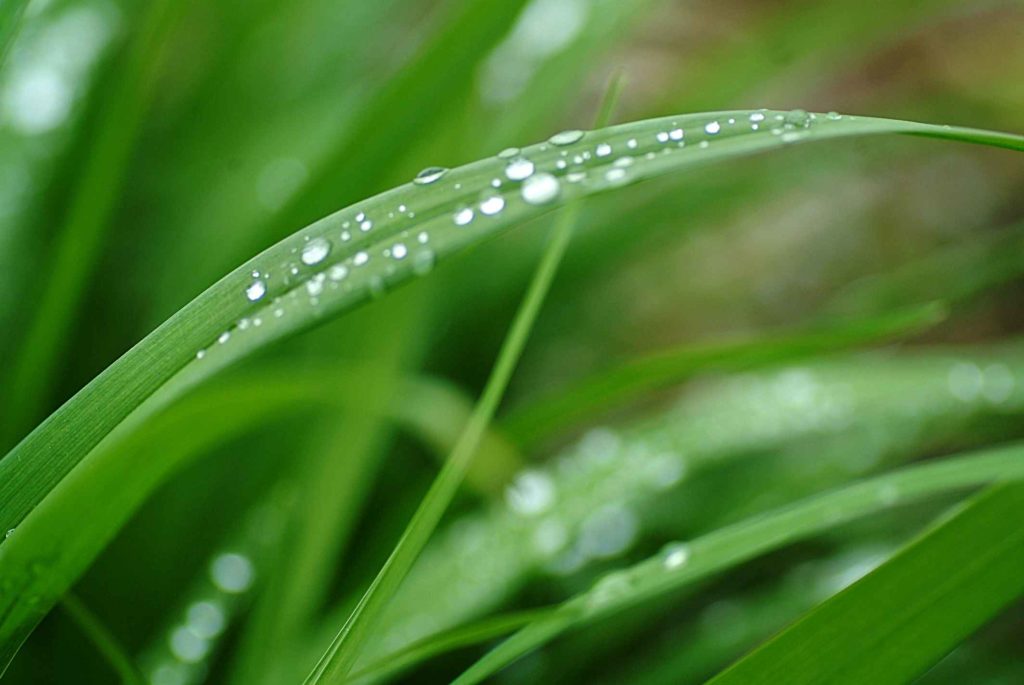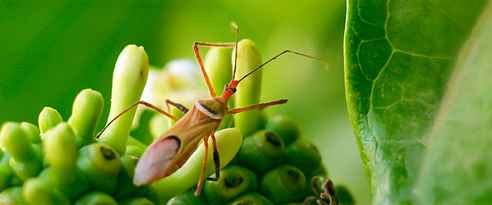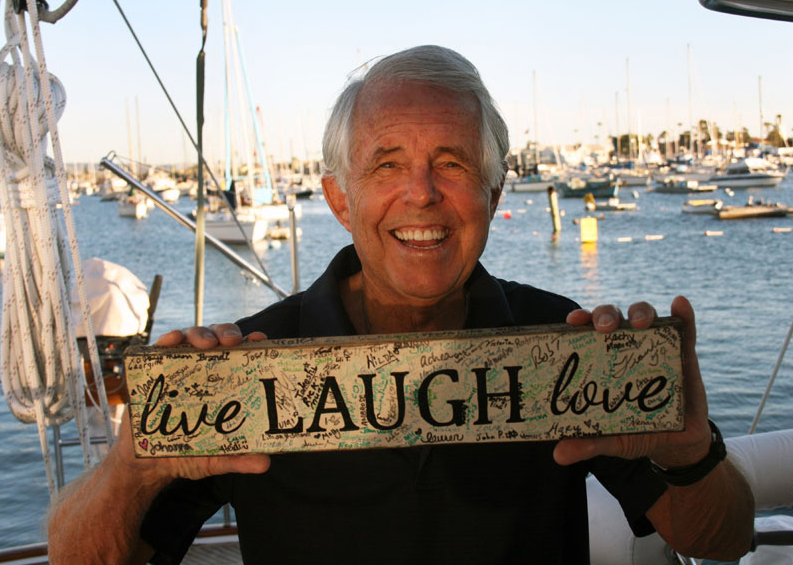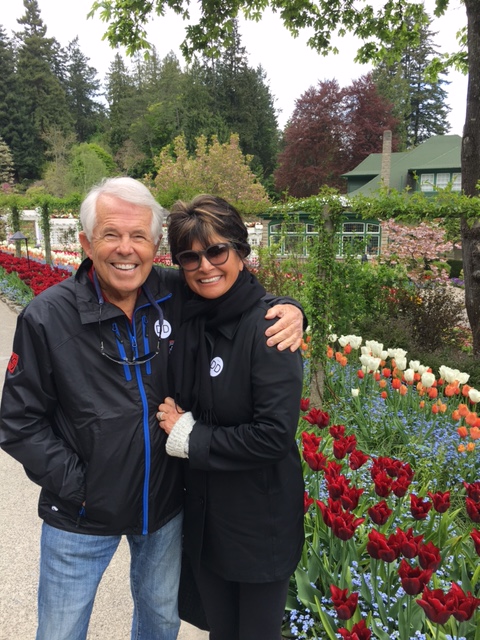We all know uncertainty is part of our daily lives. And finding comfort when things feel uncertain is challenging. It’s natural to withdraw and try to protect ourselves. It’s okay to want to escape from the regular daily stressors we face because our bodies respond to them both emotionally and physically, impacting our overall health.
But those feelings of uncertainty can also be seen as an opportunity to re-imagine how we care for ourselves and our loved ones.
In other words, how do we truly nourish ourselves at the deepest levels when navigating change?
Nutrition as self-care
As simple as it might seem, if you’re feeling overwhelmed, one way to care for yourself is to eat healthy, nourishing food. Doing so can give you the comfort you need, while also keeping you healthy at a cellular level. That’s because the meals we prepare and consume speak directly to our cells, becoming the building blocks that help maintain our resilience.
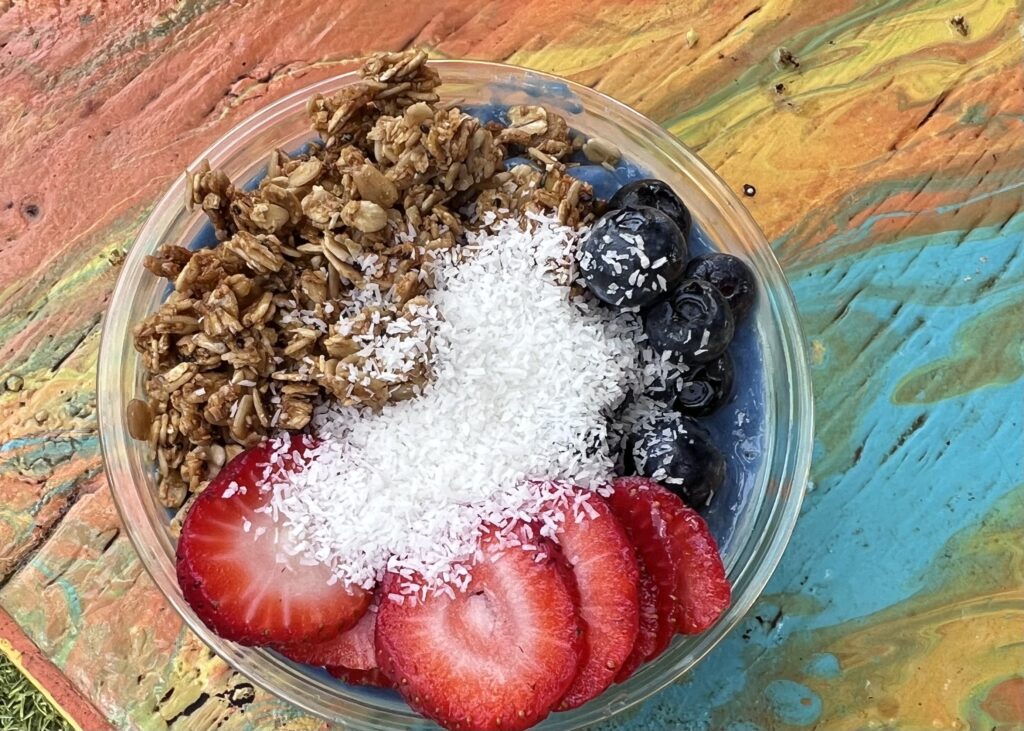
When you eat nutrient-dense food, each bite delivers a message of care throughout our bodies, supporting immune function, energy production, and even mental clarity when we need it most.
The simple act of preparing a vegetable-rich soup or choosing whole foods over processed foods becomes a way to prioritize your physical and mental health.
Cellular wellness
Have you ever wondered about how the cellular networks in our bodies send signals? In some ways, it’s kind of like how mobile phones connected to a cellular network send signals.
Well…not exactly. But hopefully, you get what I’m saying – the important cellular networks are within us. And self-care at the cellular level means recognizing that our smallest bodily components need attention during stressful times.
That’s why quality sleep, hydration, movement, and moments of genuine rest are essential maintenance for the intricate systems that keep us functioning.
When we prioritize our cellular health, we’re not only helping ourselves survive when things feel uncertain, but we’re also creating our own internal environment where healing and strength can flourish. A cellular approach to wellness acknowledges that external uncertainty doesn’t need to dictate our internal state.
Strength in shared vulnerability
Perhaps most importantly, you need to remember that when you’re experiencing uncertainty, you’re not the only one feeling it. Others are trying to find comfort when things feel uncertain also. When we recognize that everyone’s cells are responding in the same way—and navigating daily stress—compassion and empathy for each other naturally emerges.
This form of compassion, both for ourselves and others, might be one of the most potent remedies available to us. We know that social connections and a strong sense of community can help positively influence our health spans and increase our longevity.
Redefining resilience
Moving forward, perhaps we need to better understand what it means to be resilient. One way to think of it is like healthy trees in a forest. They’re constantly moving and regenerating, and they’re able to withstand heavy winds and inclement weather. They bend but they don’t break.

Our cells are constantly regenerating, too, maintaining homeostasis and equilibrium in the face of uncertainty inside and outside of our bodies. Even though things can get stressful, we can navigate difficulties without being defined by them.
We can never completely escape feelings of uncertainty, but the path forward is about nourishing ourselves in such a way that we can meet it with our full, presence – even at a cellular level.
Cheers!



